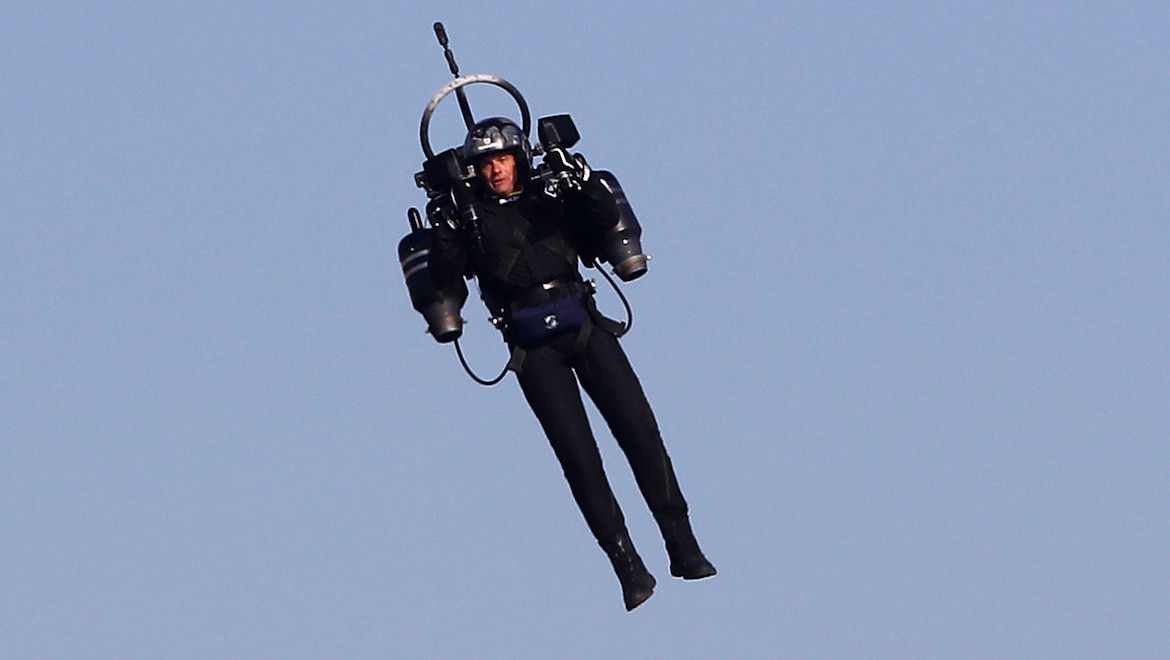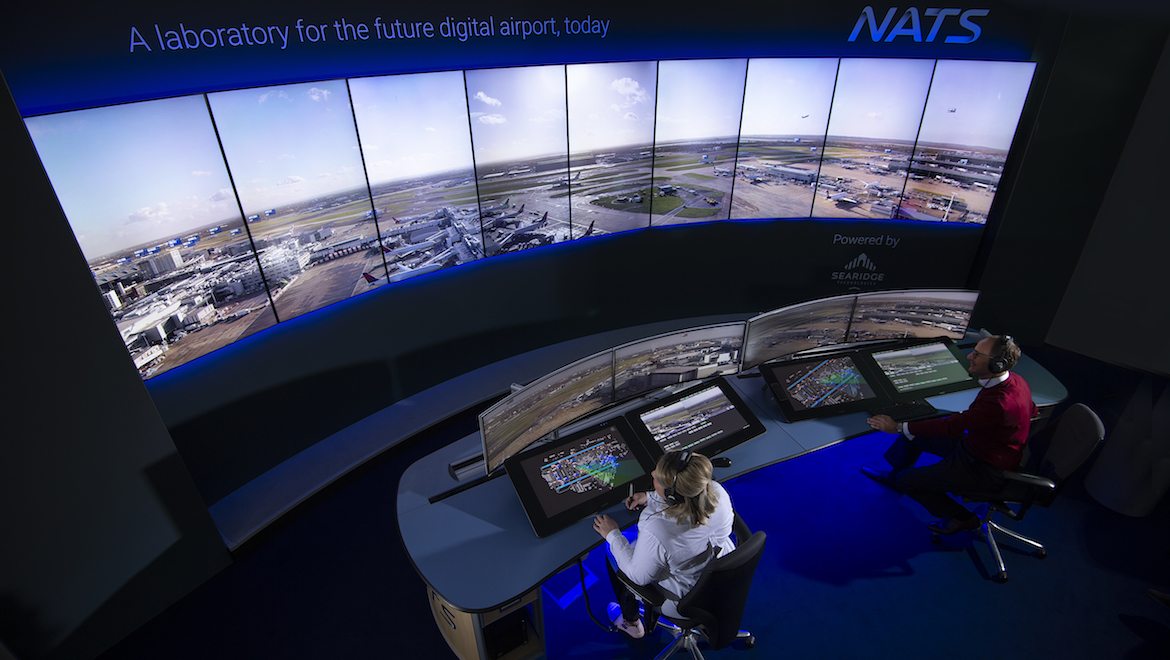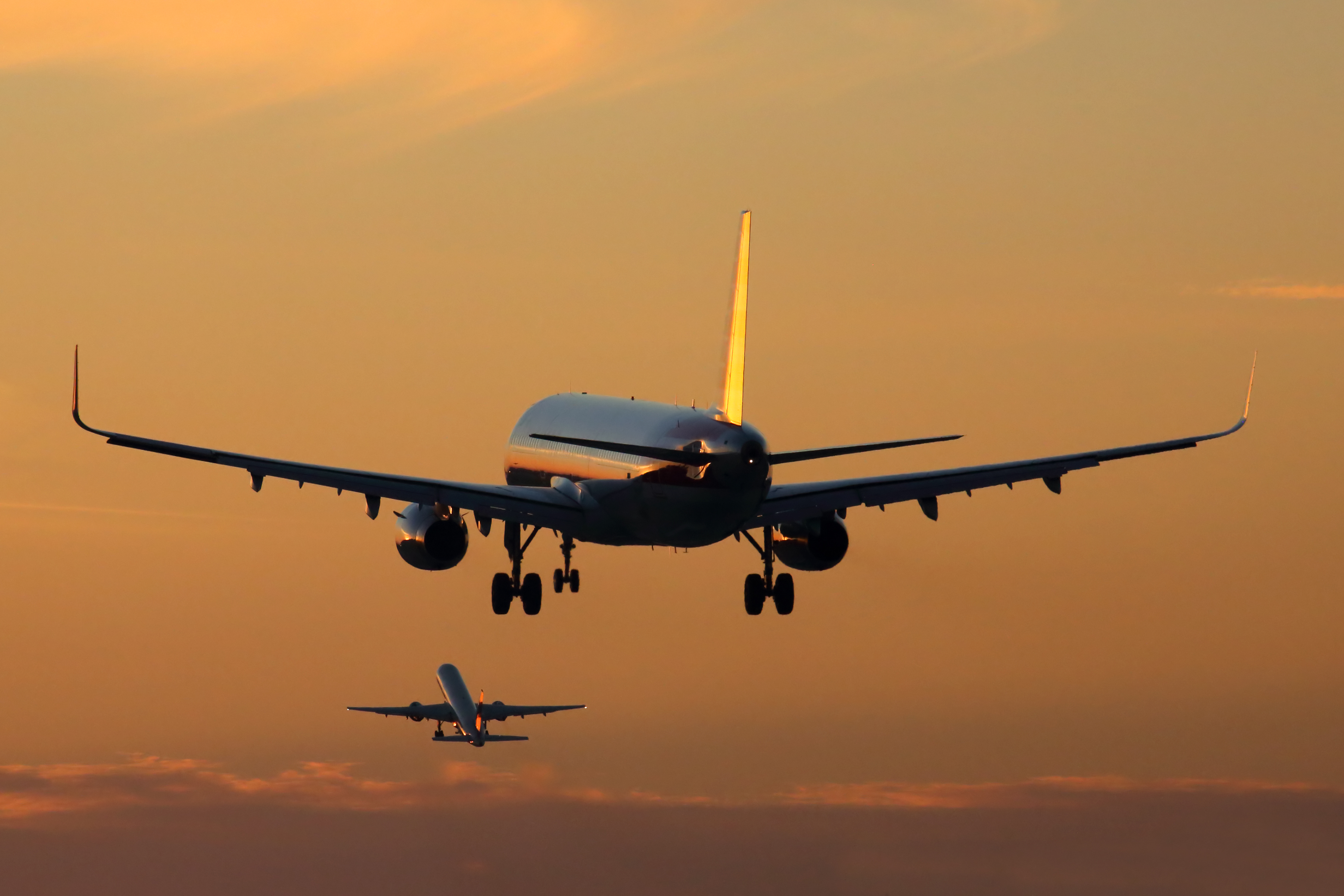
A report from research by the Australian Transportation Safety Bureau (ATSB) into loss of separation (LOS) incidents in Australian airspace has drawn immediate and strong defence from the operator of military airspace, in which the ATSB found a disproportionate level of LOS incidents over two years.
The Bureau said “military controlled terminal area airspace in general, and all airspace around Darwin and Williamtown in particular, had a disproportionate rate of LOS for civilian aircraft.
In an immediate response, Chief of Air Force Air Marshal Geoff Brown said the unique nature of military flying meant the ATSB report had unfairly compared civilian and military airspace.
“I am disappointed that the report has chosen to concentrate on the loss of separation incidents in military airspace, and does not address the 80 per cent of loss of separation incidents that occur in civil air traffic control space, which is outside of Air Force’s control,” Brown said in a statement.
The ATSB report showed that although there was an increase in the number of occurrences reported over the two years ending in June 2012, there were fewer LOS occurrences during that period than during 2005 to 2008. The Bureau noted that a LOS between aircraft under air traffic control jurisdiction happened on average about once every three days. “In almost 90 per cent of LOS occurrences, there was no or minimal risk of aircraft colliding,” the ATSB said. “On average, however, there are six occurrences per year where an elevated risk of collision exists.”
The ATSB has issued recommendations to the Department of Defence to review all processes and controls in place for aircraft separation in military air traffic services and to CASA to review whether its current level of involvement with military ATS is sufficient to assure the safety of civil aircraft operations.
“The factors which may make military airspace more dynamic and variable, do not necessarily make the airspace less safe,” Brown said.
“The nature of military flying requires multiple aircraft flying in formation, making the airspace particularly crowded for brief periods. Other training such as formation flights and training for hostile situations are not encountered by civilian aircraft.”
Brown noted the ATSB report found that military airspace only accounted for 20 per cent of LOS incidents and no evidence of fundamental deficiencies in the safety management of aircraft separation in Australia.
Notwithstanding the sharp defence of the RAAF’s performance, Brown has committed to a review of air traffic management plans and airspace design for RAAF Bases Darwin, Townsville and Williamtown. These three bases integrate a large number of military and civil aircraft types, and the review “will ensure military airspace is more error resistant”.
Read about military air traffic control training in the coming November issue of Australian Aviation.












